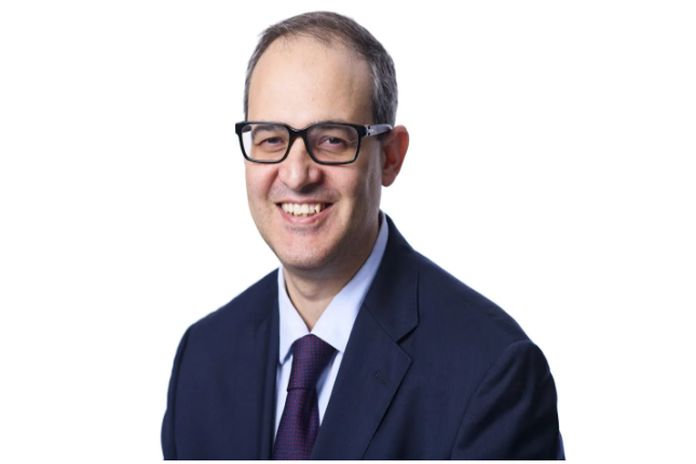Fighting poverty has always been a complex task, and it’s only grown more intricate in the wake of COVID-19, with extreme weather and global tensions heightening the challenge. In Latin America and the Caribbean (LAC), although poverty rates today are slightly below those seen before the pandemic, the average masks stark differences between countries in the region. This variability underscores the urgent need to step up our efforts in monitoring the situation.
To address this need, we have launched the biannual Regional Poverty and Inequality Update. It offers an in-depth look at poverty trends within LAC and aims to shed light on important trends to inform actions and policies that fight poverty and boost shared prosperity. Below we present the key findings of our first issue (add link).
Poverty alleviation in the aftermath of COVID-19
Poverty trends in LAC are not clear-cut, with some countries making important progress and others continuing to grapple with persistent disparities. In the aggregate, the region reached its lowest poverty rate of the century in 2022, with 26 percent of the region’s people living on less than US$6.85 per day (measured in purchasing power parity as of 2017). This may sound promising, but the fact is that the region has a lot of ground to cover. In the decade preceding the pandemic, the rate of the reduction in poverty lagged behind that of other regions, signaling a worrying stagnation. Brazil and Mexico, LAC’s biggest economies, were the main drivers of poverty decline from 2019 to 2022. In contrast, several other LAC countries experienced rising poverty rates during the pandemic and poverty has not yet come back down to prepandemic levels.
The profile of the poor also shifted between 2019 and 2022. Traditionally vulnerable groups (such as those with lower levels of education and without employment) comprised a smaller proportion of people in poverty, likely due to increased public transfers during the pandemic. Conversely, people with higher educational attainment and formal jobs saw their share increase. Another contrasting change is observed in spatial poverty: people in urban areas made up a larger proportion of the poor and people in rural areas a smaller proportion.
The inequality conundrum
Inequality remains a critical challenge in LAC, because the region is one of the most unequal in the world. Brazil in particular, but also countries in Central America and the Andean region, have high levels of income inequality. Even countries in the Southern Cone, which have the lowest inequality levels within LAC, still exhibit high levels of income inequality compared to the rest of the world.
In 2022, the Gini coefficient for the LAC region as a whole was almost 50, which is higher than for most world economies. Alarmingly, this level of inequality is not far from the region’s 2015 and 2019 levels of 51, indicative of stagnation. When Brazil is excluded from the analysis, the region experienced a spike in income inequality in 2020 that was followed by a drop by 2022. However, the decline was minimal, resulting in a Gini coefficient of only 48.
The way forward
Our projections indicate that, in the absence of serious policy changes on the regional and global levels, poverty and inequality will decrease only marginally in 2024 and thus remain unacceptably high.
To address these challenges head-on, evidence-informed interventions are needed to tackle poverty and inequality in LAC. Policies that foster job creation and improve labor market conditions, particularly for the poorest deciles, can help reduce poverty. This approach has seen success in El Salvador and Mexico which, after experiencing postpandemic growth in labor incomes, saw subsequent declines in their poverty rates. Additionally, targeted public transfers and social benefit programs can provide support to vulnerable groups. For instance, in Brazil transfer programs like Bolsa Familia were the primary drivers of poverty reduction. Efforts to improve access to education and promote inclusive economic growth can also contribute to reducing inequality in the region.
Stay tuned for coming issues of our Regional Poverty and Inequality Update, where we’ll continue to track and analyze poverty and equity trends in the region, providing insights to inform actions and policies aimed at creating a more prosperous future for LAC.
![]()





